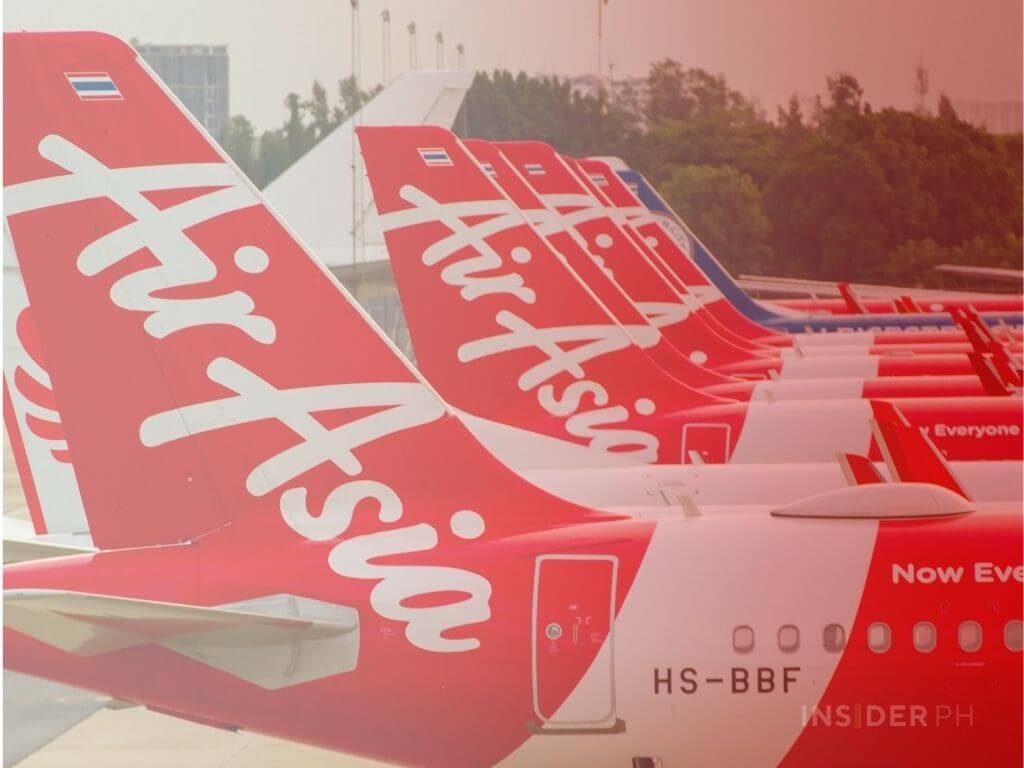

Insider Spotlight
Why it matters
Normally, planes rely on their auxiliary power unit (a small jet engine built into the aircraft) to keep the lights on and the cabin cool before takeoff. That engine burns jet fuel and releases a lot of carbon dioxide, the gas most responsible for climate change. By switching to Combo Units, AirAsia can cut those ground emissions by up to 90 percent.
Making airports cleaner and quieter
The first two Combo Units in Manila are expected to prevent about 1,300 tonnes of carbon dioxide from entering the air each year.
The benefit is two-fold:
AirAsia Philippines CEO Capt. Suresh Bangah said in a press release: “Our efforts to reduce emissions go hand in hand with improving the travel experience of our guests.”
Other green steps
AirAsia is also working on reducing waste and cutting plastic use in its flights:
Last year, 37 percent of in-flight trash was diverted from landfills by sorting and recycling.
Starting in October 2026, the airline’s food service partner, Santan Philippines, will replace single-use plastic containers with packaging made from plants like corn and cassava. These materials are compostable, meaning they can break down naturally instead of polluting the environment.
Big picture
Globally, AirAsia’s environmental efforts have earned recognition. The airline placed among the top three winners in AirlineRatings.com’s inaugural Sustainability Award. It also received a perfect 10/10 score from 42kft.com’s first Environmental Audit, which evaluated 142 carriers worldwide.
The goal: AirAsia, like many other airlines, has promised to reach “Net Zero by 2050”—which means balancing the amount of greenhouse gases it puts into the atmosphere with the amount it removes. This could involve cleaner technology, more efficient flights, and eventually using renewable fuels.
For travelers, this shows that even budget airlines can go green, making flying less harmful for the planet while keeping fares affordable. —- Princess Daisy C. Ominga | Ed: Corrie S. Narisma